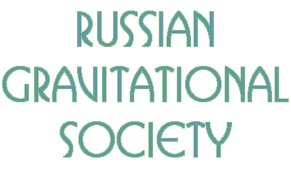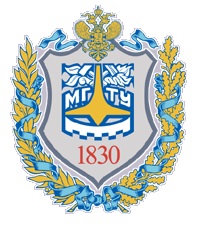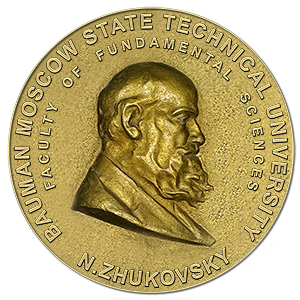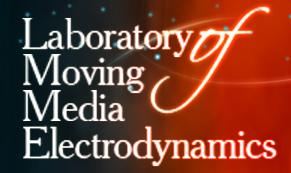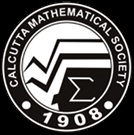|
Phenomenological description of dark energy and dark matter via vector fields
Meierovich B.E.
P.L.Kapitza Institute for Physical Problems, Moscow, Russia
E-mail: Meierovich meierovich@mail.ru
A simple Lagrangian (with squared covariant divergence of a vector field as a kinetic term) turned out an adequate tool for macroscopic description of dark sector. The zero-mass field acts as the dark energy. Its energy-momentum tensor is a simple additive to the cosmological constant. Space-like and time-like massive vector fields describe two different forms of dark matter. The space-like field is attractive. It is responsible for the observed plateau in galaxy rotation curves. The time-like massive field displays repulsive elasticity. In balance with dark energy and ordinary matter it provides a four parametric diversity of regular solutions of the Einstein equations describing different possible cosmological and oscillating non-singular scenarios of evolution of the Universe. In particular, the singular “big bang” turns into a regular inflation-like transition from contraction to expansion with accelerated expansion at late times. The fine-tuned Friedman-Robertson-Walker singular solution is a particular limiting case at the boundary of existence of regular oscillating solutions (in the absence of vector fields). The simplicity of the general covariant expression for the energy-momentum tensor allows analyzing the main properties of the dark sector analytically, avoiding unnecessary model assumptions. It opens a possibility to trace how the additional attraction of the space-like dark matter, dominating in the galaxy scale, transforms into the elastic repulsion of the time-like dark matter, dominating in the scale of the Universe.
Keywords: Dark sector, vector fields, regular cosmology, galaxy rotation curves.
DOI: 10.18698/2309-7604-2015-1-384-399
Article file: Meierovich.pdf
| 

